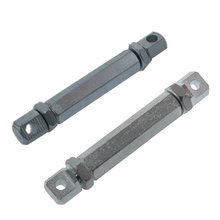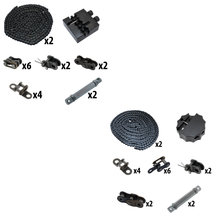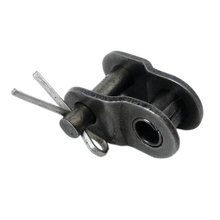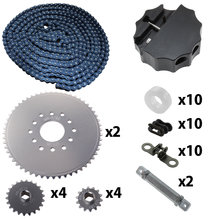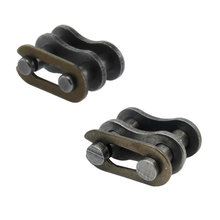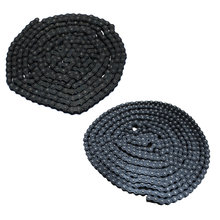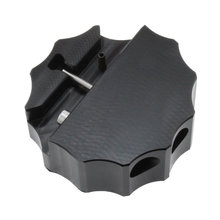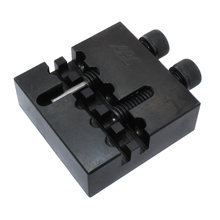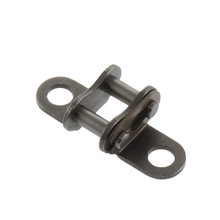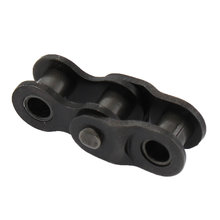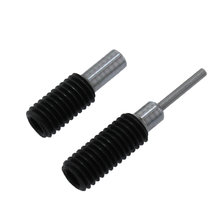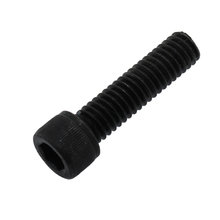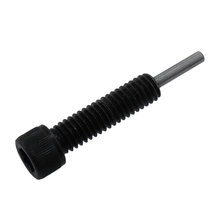AndyMark will be closed on Fridays through August 1st to allow staff flexible summer work hours.
Chain
For Competition Robotics AndyMark recommends #25 Chain Roller Chain for lighter duty applications or #35 Roller Chain for heavier duty applications. Although this industrial roller chain may look similar to bicycle chain, the pitch - or distance between the pins - is different and likely will not be compatible with bicycle chain links and sprockets.
Chain can be attached and broken using a few different types of tools. AndyMark recommends the “Dark Soul” chain break tool for #25 chain and the ARC tool for #35 chain. These tools push in and out individual link pins for a clean break and reattachment point.
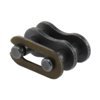
Connecting Link:
Standard connection links pin two ends of chain together to make a loop. Each end of the chain needs to end with a “narrow” link section. The link is held together by a clip that sits in a groove on the two connector pins.

Half Link:
Also called a Offset Link is for applications where one more link is too long, and one fewer link is too short. A half link connects a “narrow” link section to a “wide” link section. The link is secured with a cotter pin.
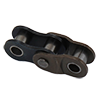
1.5 Link:
This connects to two “narrow” link sections using two connecting links, but adds an additional half link section to the overall length. Use this to eliminate the potential failure point of a cotter pin connection.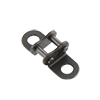
K-Link:
These are useful links to add mounting points to your chain. Add the K-link to your chain path and bolt or rivet the link to the element you want to move to create an elevator or conveyor.

